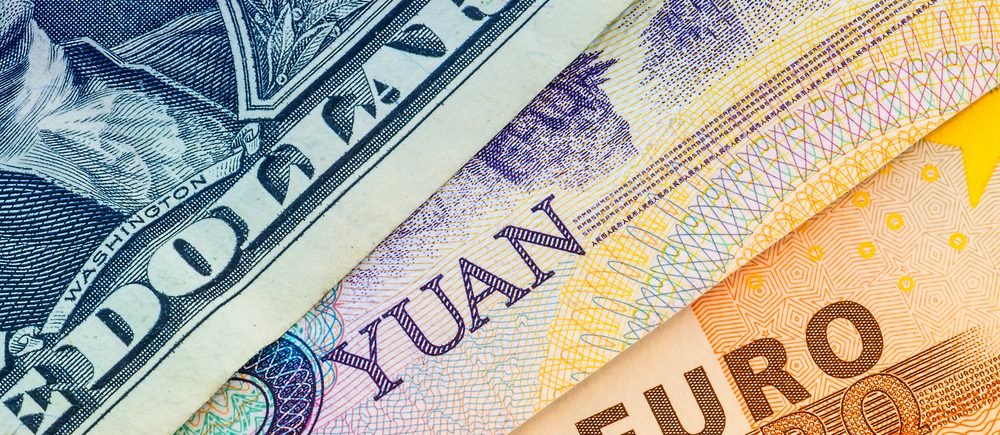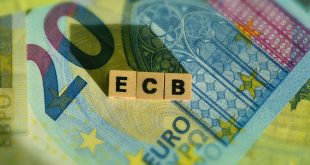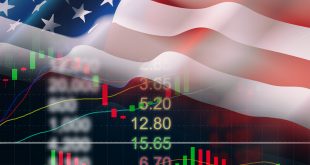Due to declining US Treasury bond yields and general weakness in the US dollar (USD), the EUR/USD ends a two-day losing streak and rises and falls towards the 1.0950 level. Thus, after reaching a low of 1.0920, the EUR/USD is currently trading at 1.0961.
As US Treasury bond yields decreased, the Euro rose on a weak US Dollar. As Wall Street suffered losses, sentiment declined. Officials from the Federal Reserve, including James Bullard, president of the St. Louis Fed, reiterated the need for additional tightening.
Bullard said, however, that he does not anticipate a recession and anticipates that rates will range between 5.50% and 5.75%. Raphael Bostic, president of the Atlanta Fed, has stated that he anticipates another raise followed by a pause. He noted that it would take some time for inflation to moderate to the Fed’s goal level and that he did not expect a recession.
The Federal Reserve expects to raise interest rates by 25 basis points at its meeting in May, with an 86.7% probability. Data on the US economy showed that Housing Starts down 0.80% month over month in March after increasing by 7.3% in February (revised down from 9.8%). Building Permits decreased by 8.8%, which was less than the 1.45% growth that was anticipated, despite the fact that February’s data were revised up to 15.8% from 13.8%.
In terms of the Eurozone, Chief Economist of the European Central Bank Philip Lane stated that the ECB’s default position is to hike rates at its meeting on May 4. Moreover, he said that data indicated a reduction in supply chain shocks, which would assist combat inflation if energy costs fell. His final statement was that the ECB is in “wait-and-see mode.”
The April Zew Index for Germany was published in the EU calendar. Expectations for future conditions fell short of estimations, at 4.1 vs. 15.6 forecasts, notwithstanding their continued optimism. Given that the reading for the previous month was -46.5, the index’s performance in terms of present conditions was an improvement at -32.5 less than the -40 anticipated. A senior ZEW official stated that “high inflation rates and the internationally restrictive monetary policy are also weighing on the economy” and added that “Experts expect banks to be more cautious in granting loans.”
The 20-day Exponential Moving Average (EMA), which tracks the price activity as a dynamic support, indicates that the EUR/USD is still upward biassed from a daily chart standpoint. Between April 14 and April 17, there was a 1.50% decline that peaked at 1.0909 before reversing course and bouncing back towards the present exchange rates. Oscillators indicate that the EUR/USD may be ready for another move up despite their mixed signals.
If the EUR/USD crosses the 1.1000 mark, the YTD high at 1.1075 may come under threat before the pair tests 1.1100. The EUR/USD, on the other hand, could decline to the 20-day EMA at 1.0890 before falling to the 50-day EMA at 1.0795 if it falls below 1.0900.

 Noor Trends News, Technical Analysis, Educational Tools and Recommendations
Noor Trends News, Technical Analysis, Educational Tools and Recommendations




